The impact of Formula E, the new electric car racing series that begins on the streets of Beijing this Saturday, probably won’t be appreciated for years to come.
If in the future we get to enjoy, say, a 400-mile range from electric road cars, or get to marvel at the sustained performance of battery-powered supercars, we might then reflect on how electric motor racing has contributed to the advancement of EV technology.
The brains behind this series want Formula E to do for EVs what rallying did for four-wheel drive systems: provide a high-speed test bed for the technology that can then trickle down into road cars.
Racing, the saying goes, improves the breed, and the Formula E breed is a 20-strong grid of open-wheeled, rear-wheel-drive single-seaters powered by electric motors producing the equivalent of 270bhp.
But although Formula E is doing things very differently, it is relying on some long-established motorsport companies to ensure that it starts on the right footing.
The chassis, constructed by Spark Racing Technologies in conjunction with Dallara, uses technology from McLaren (which supplies the e-motor), Hewland (a five-speed paddle-shift sequential gearbox) and Williams (the rechargeable energy storage system).
Michelin has created a bespoke 18-inch treaded tyre based on road car rubber. Renault, meanwhile, oversees the integration of these systems in its role as the championship’s technical partner.
Formula E has attracted some major backers and entrants, such as DHL, Virgin, Mahindra and Audi. It has even pulled in A-list celebrities; actor Leonardo DiCaprio is a founder of one team, Venturi.
The driver line-up is high profile, too, with former F1 drivers Bruno Senna, Jaime Alguersuari, Nick Heidfeld, Nelson Piquet Jr and Jarno Trulli all on the grid.
Among the British competitors is Sam Bird, who has secured a drive at Virgin Racing alongside Alguersuari. Bird has raced in most of the single-seater championships below F1 and has tested top-flight cars for Mercedes, as well as being shortlisted for the McLaren Autosport BRDC Young Driver of the Year Award.
Formula E's pre-season testing has given him a fair idea of what to expect, but he nevertheless admits that Saturday’s inaugural race will be a step into the unknown.
“Everybody has become quite good at race runs around Donington Park, where we’ve done all our testing,” says the 27-year-old. “We have an idea of the circuit layout in Beijing, but until we get there, we don’t know about the roughness of the surface, how wide the track is, or whether we’ll have kerbs, barriers or both.”
Bird believes that the main technical challenge for the competitors will be metering out the available battery power over the course of each part of the race.
“We have 28 kilowatts per hour of energy that we can use in each car during the race period,” he explains. “It’s about using that to the best of your ability to get the most pace out of the car but still conserve the battery so it lasts that distance. There are many strategies we tried during testing. Some have worked and others haven’t.”
As in F1, power and energy management are key. The cars run at maximum power (equivalent to 270bhp) during practice and qualifying, but they are capped at 202bhp in race trim. The Spark-Renault SRT_01E uses regenerative braking to harvest energy, and this presents yet another variable.
“The strength of the regeneration depends on how much battery percentage you currently have,” says Bird. “As the battery percentage goes down, the strength of the regeneration goes up, which then changes your brake bias. So when you’re doing 130mph on a street circuit and trying to overtake somebody, you have to think about all this. It keeps you on your toes.”
Mid-race car changes – another aspect of Formula E that racing purists have struggled to get their heads around – pose an additional challenge. In Formula E’s first season, it’s a necessity to allow races to last for one hour, and the novel concept is something that the teams have had to practice.
Bird says: “We have an allotted time to do the pit stops. With me jumping out of one car and into another, we can change cars in about 30 seconds, but then we have to sit and wait for another period of time before we’re allowed to go.”
Fans are waiting to discover whether a grid of battery-powered single-seaters can provide the kind of all-round assault on the senses that they are accustomed to from other racing series, but Bird thinks that the format will hold plenty of appeal.
“The car isn’t the fastest single-seater in the world, but it is responsive and the torque is continuous throughout the rev range. There’s quite a lot of weight towards the rear and you’ll see that the cars move around quite a lot. You can get quite a lot of oversteer,” he says.
“There is also a cool motor noise. It’s very futuristic. The sound was apparent at Donington, which is a fairly open circuit, so when there are 20 of them in close proximity to each other around a closed-in street track, I think it will be louder than people expect.”
Formula E is condensing practice, qualifying and racing into a single day. This poses challenges for the teams, who need to quickly find an optimum set-up.
“You can make the kinds of set-up changes that are fairly typical of a one-make single-seater championship: geometry, roll bar and spring changes, things like that,” explains Bird.
“Aerodynamic changes to the wings make more of a difference than we initially thought. It is quite important to raise or lower the wing levels between qualifying and the race; extra drag means more battery energy is used.”
In its inaugural season, Formula E is a one-chassis category using standard technology, although there are plans to loosen the regulations in future years to allow teams to develop their own cars and systems.
“One of the main things that excites me is the fact that this kind of technology is going to be very important for the automotive industry in the future,” says Bird.
“If we can get car manufacturers on board with specific teams and drivers to help them perform at a better level, maybe that technology will filter down straight on to production lines of road cars.
“What we use now is quite a large battery, but where are we going to be in five or 10 years? The batteries could be half the size, double the power and twice the endurance of what they have now. We don’t know; that’s what makes it exciting. The only certainty is that the technology is only going to get better.”
The 2014/15 FIA Formula E Championship calendar
13 September 2014 - Beijing, China
22 November 2014 - Putrajaya, Malaysia
13 December 2014 - Punta del Este, Uruguay
10 January 2015 - Buenos Aires, Argentina
14 February 2015 - TBA
14 March 2015 - Miami, USA
4 April 2015 - Long Beach, USA
9 May 2015 - Monte Carlo, Monaco
30 May 2015 - Berlin, Germany
27 June 2015 - London, UK
Get the latest car news, reviews and galleries from Autocar direct to your inbox every week. Enter your email address below:

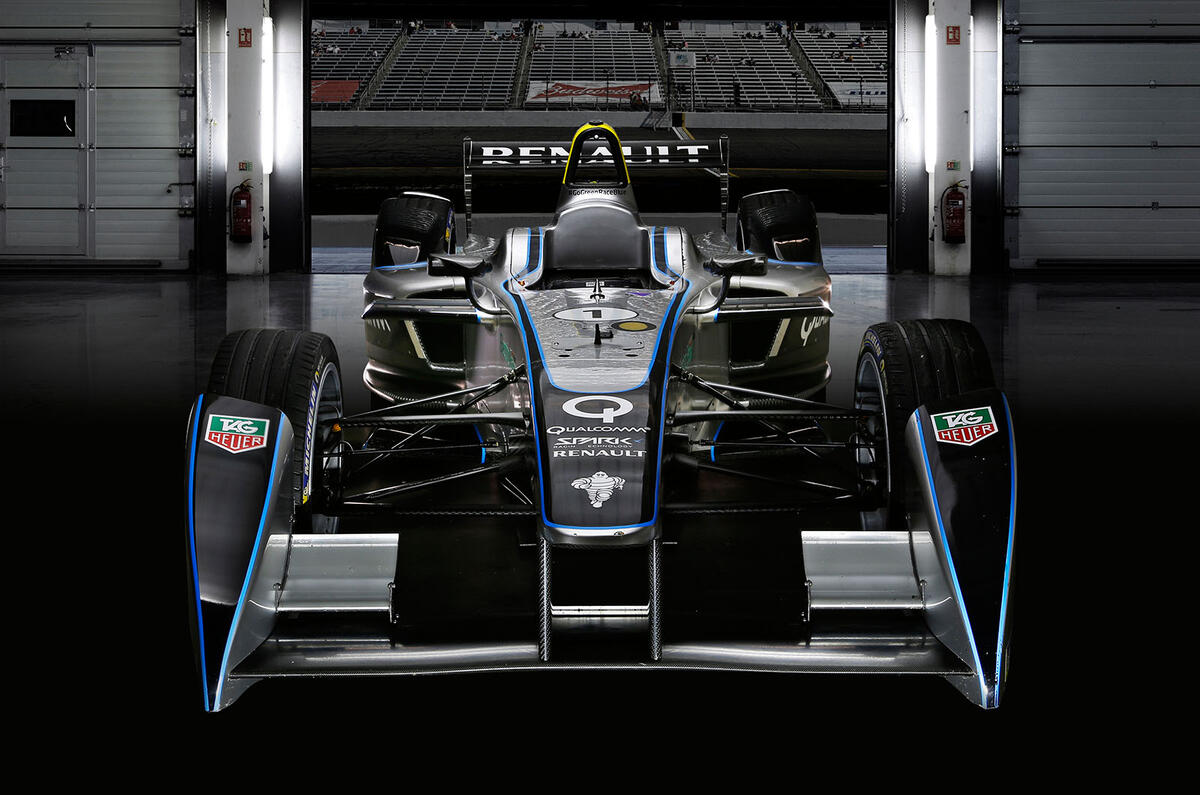
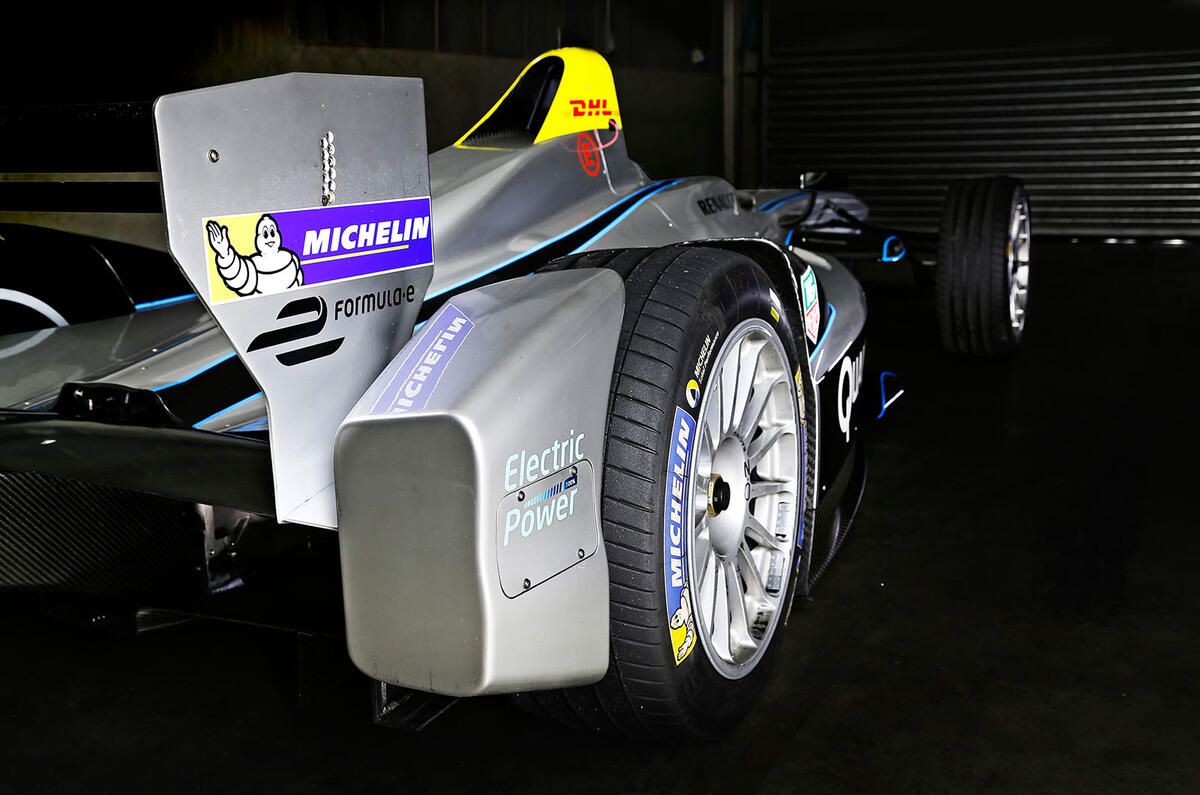
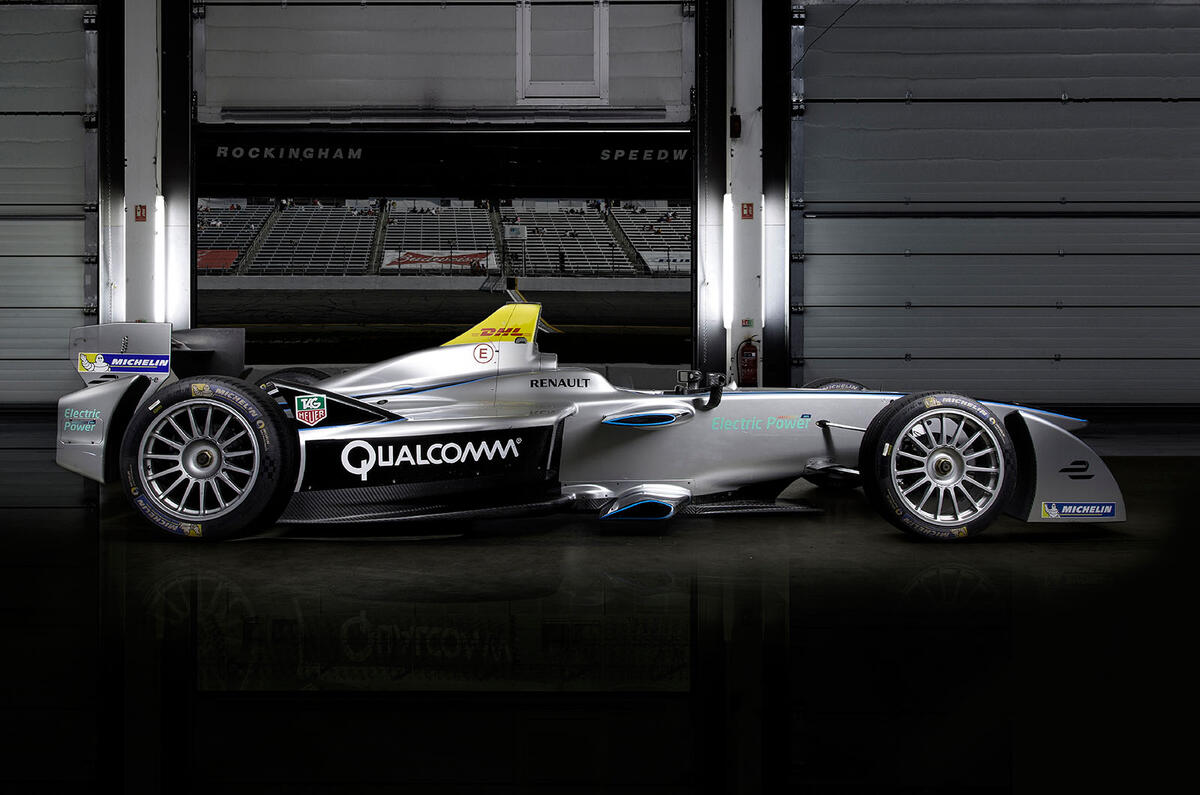
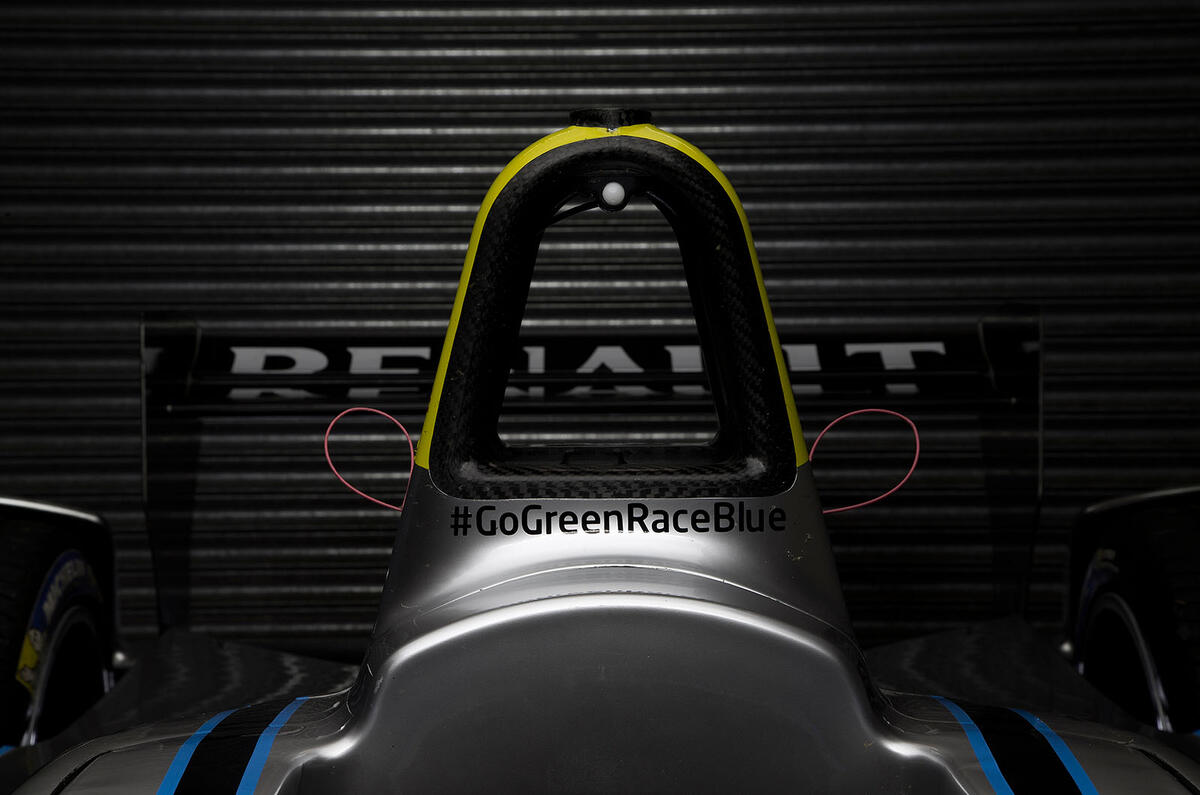
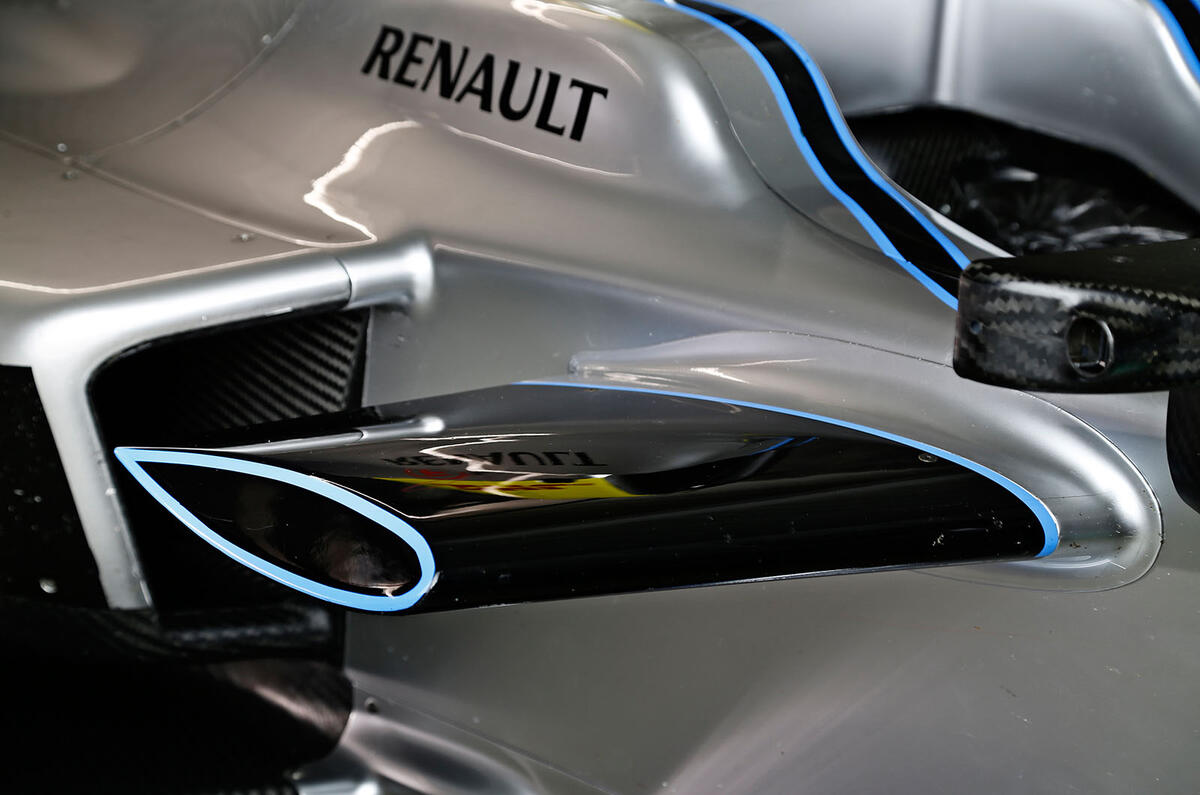
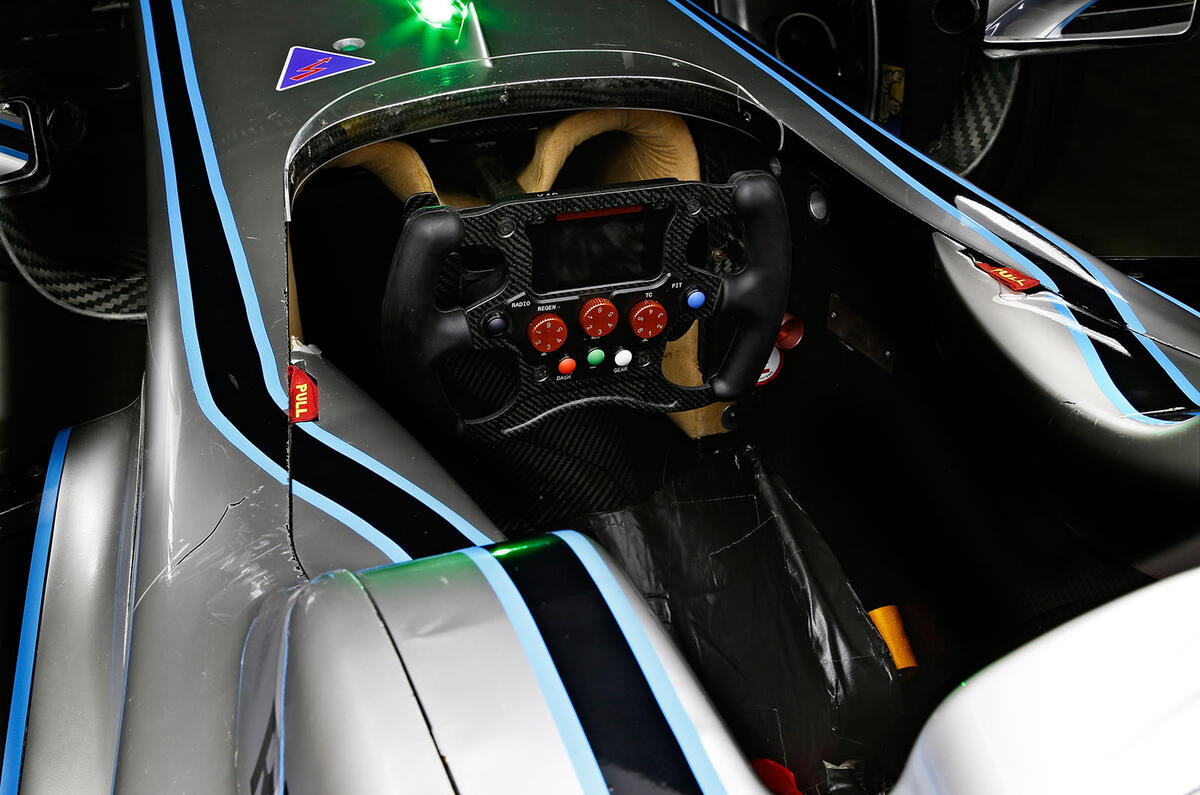
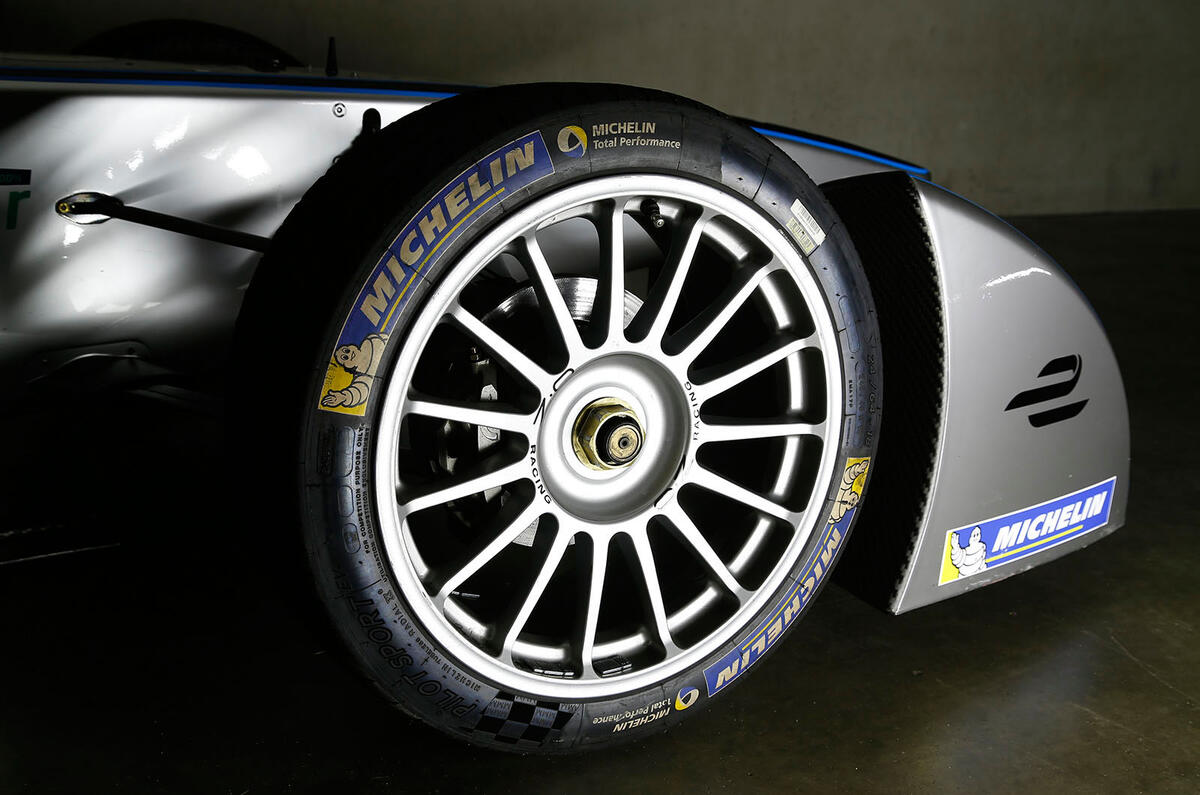
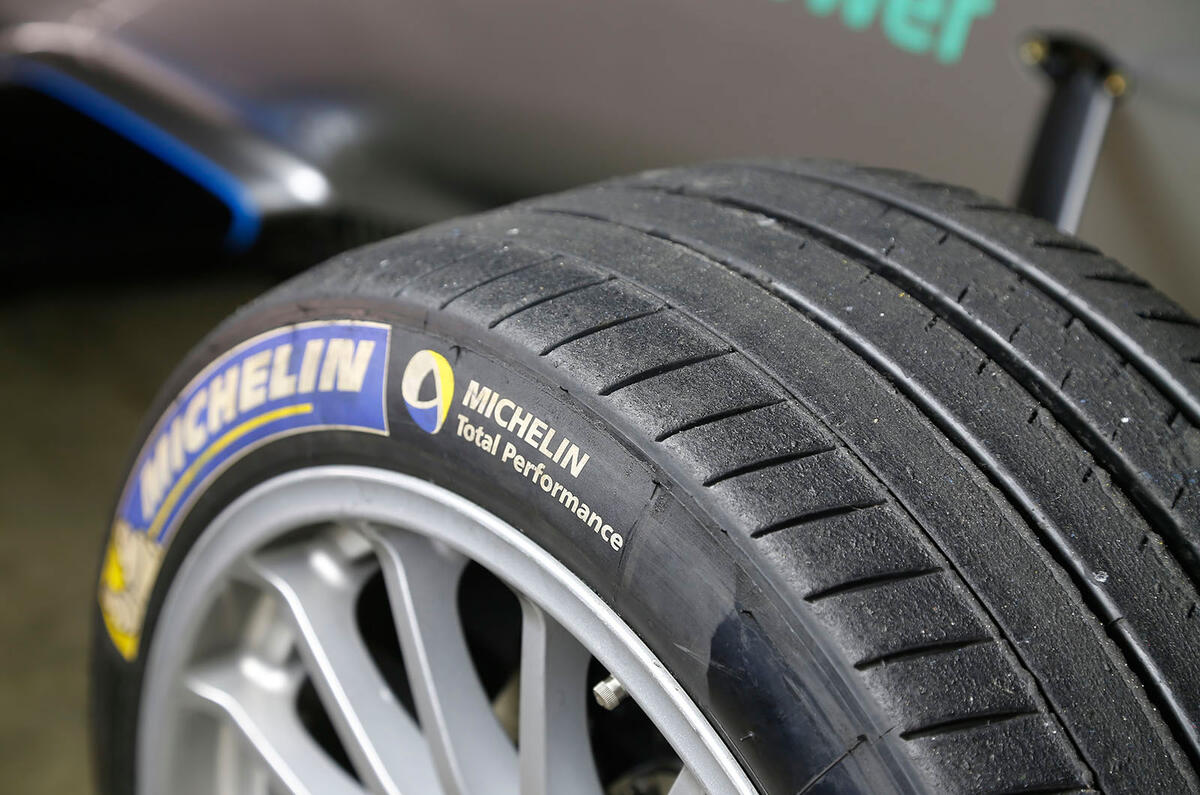
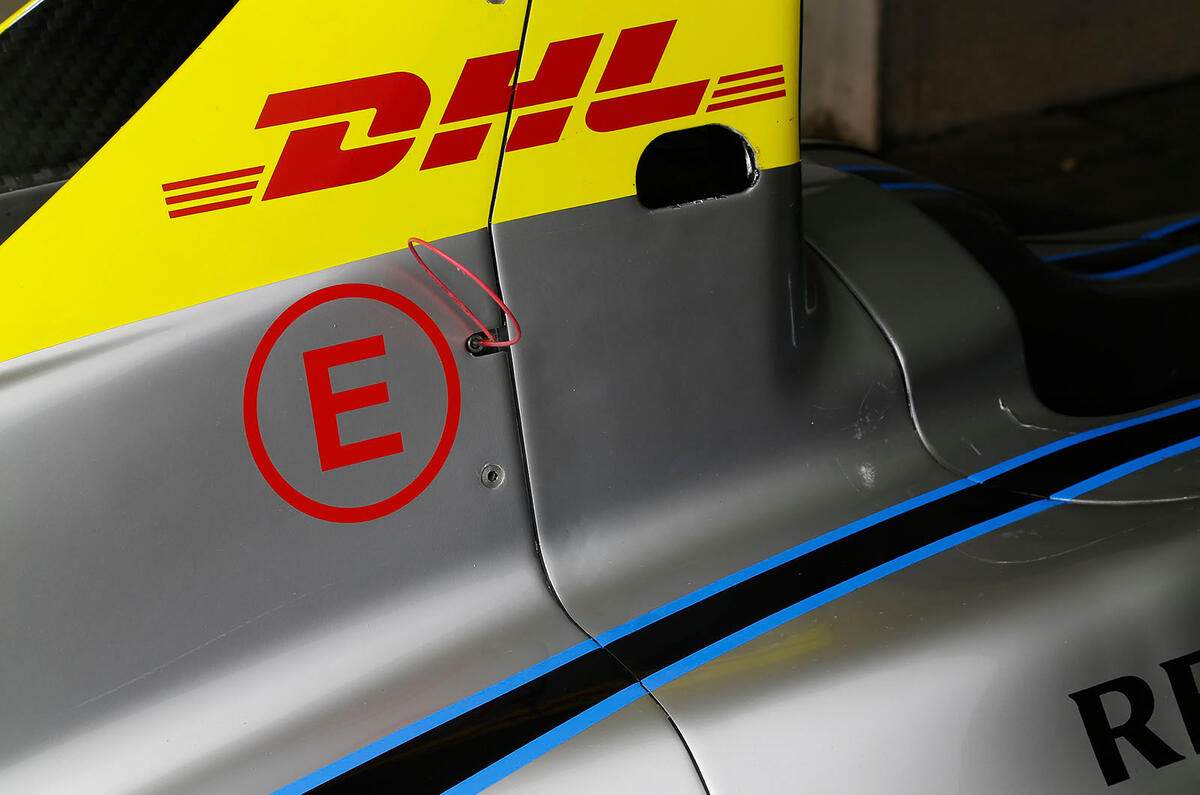
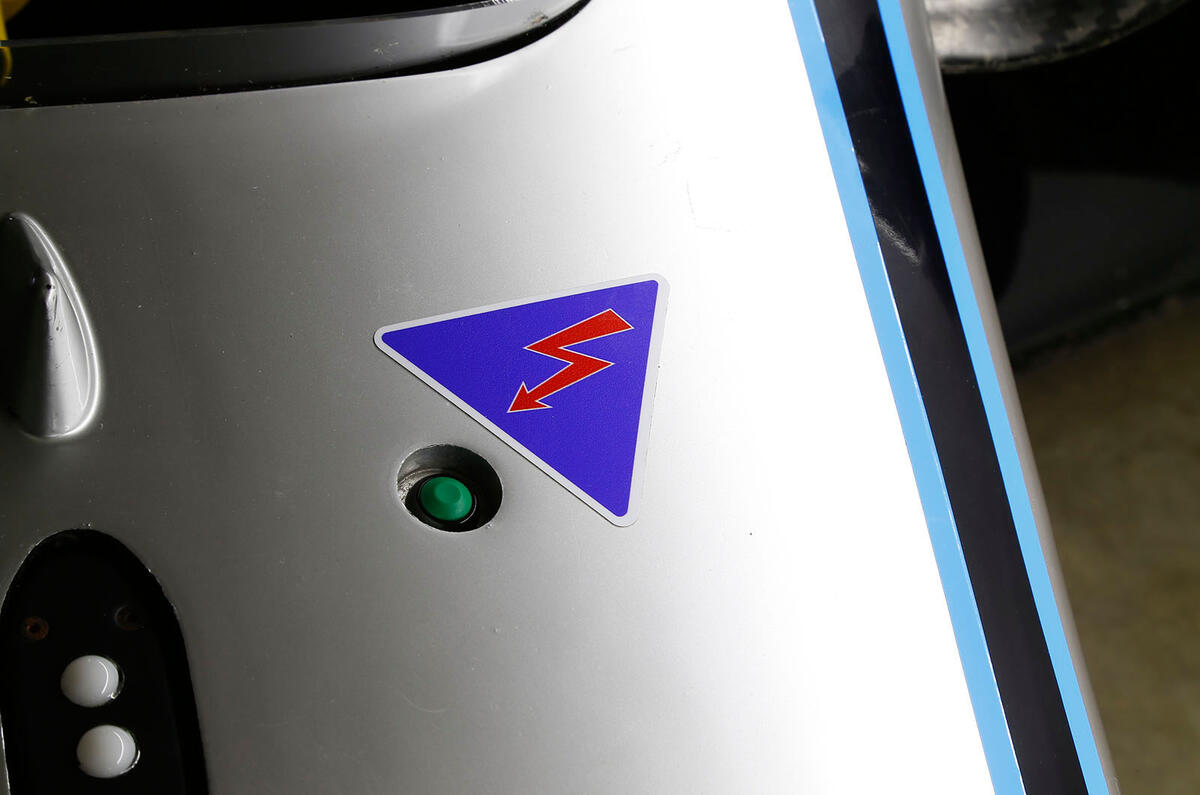
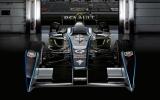
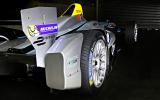
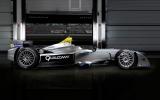
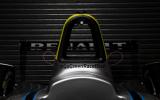
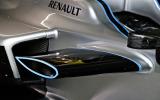
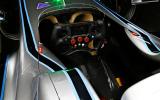
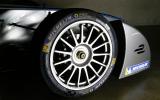
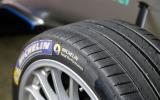




Add your comment
Looks interesting.
Not commonplace?
Formula E looks interesting, but posting the article more than 24 hours before the broadcast would have been nice.
That car is a bit tatty.
Probably better on TV than in the stands